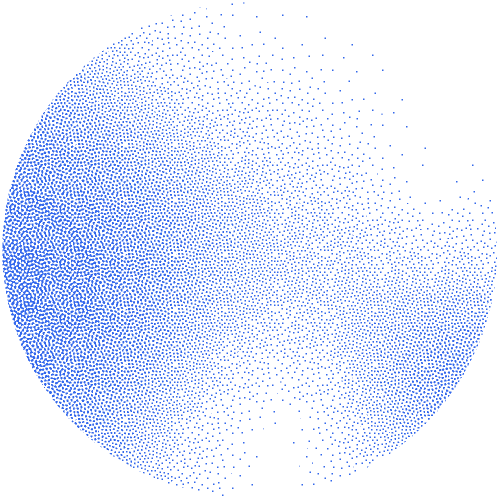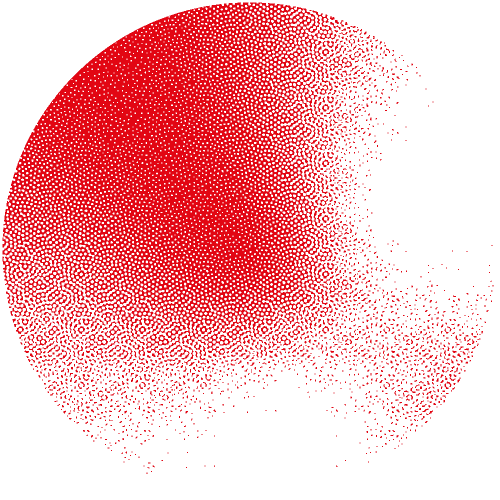ATGCCGGAATTGGCACATAACAAGTACTGCCTCGGTCCTTAAGCTGTATTGCACCATATGACGGATGCCGGAATTGGCACATAACAAGTAC
TGCCTCGGTCCTTAAGCTGTATTGCACCATATGACGGATGCCGGAATTGGCACATAACAACGGTCCTTAAGCTGTATTGCACCATATGACG
GATGCCGGAATTGGCACATAACAAGTACTGCCTCGGTCCTTAAGCTGTATTTCGGTCCTTAAGCTGTATTCCTTAACAACGGTCCTTAAGG
ATGCCGGAATTGGCACATAACAAGTACTGCCTCGGTCCTTAAGCTGTATTGCACCATATGACGGATGCCGGAATTGGCACATAACAAGTAC
TGCCTCGGTCCTTAAGCTGTATTGCACCATATGACGGATGCCGGAATTGGCACATAACAACGGTCCTTAAGCTGTATTGCACCATATGACG
GATGCCGGAATTGGCACATAACAAGTACTGCCTCGGTCCTTAAGCTGTATTTCGGTCCTTAAGCTGTATTCCTTAACAACGGTCCTTAAGG


Explore and Visualize Your Data with Python

03 February 2022




Are you familiar with Python and want to learn to explore and visualize your data? This asynchronous e-learning course can be completed online, at the desired pace and in the absence of an instructor.
Overview
Do you have to handle increasingly large and more complete data sets on a daily basis? It is essential that this is done with the most suitable tools. Python, which is one of the most popular languages in the computer world today, is a perfect tool to do this. It is a language with many uses, one of which being the scientific application of data analysis or statistical analysis.
This e-learning course focuses on the good practices to use Python libraries for data analysis in a scientific context, it will prepare you to manipulate your data to exploit its full potential. You will learn to use the Pandas and Matplotlib libraries. You will develop the necessary competence to explore your data and visualise it by following a series of tasks.
Audience
This course is addressed to life scientists, bioinformaticians and researchers who are familiar with writing Python code and core Python elements, and would like to use it in their daily data exploration and visualization tasks.
Competencies
At the end of the e-learning course, participants should be able to:
- Use python libraries to load and explore scientific data table
Learning outcomes
At the end of the e-learning course, participants are expected to:
- Reproduce known or best practise recipes to read data using pandas DataFrame
- Summarize the main aspects of a studied data set
- Employ pandas to filter and select specific part of their data-set
- Use matplotlib graphical library to generate clear visual representations of their data
- Choose and explore matplotlib options in order to create publication-ready graphics
Prerequisites
Knowledge / competencies
This course requires basic knowledge of Python programming. To evaluate whether you have the necessary level, complete this self-assessment.
Technical
Refer to the installation instructions here.
Instructions
This course has been designed such that modules are completed sequentially. Open links in a separate browser tab.
MODULE 1: READ AND SUMMARIZE YOUR DATA
Take-away task 1 - Module 1 (zip file)
Task 2: Calculate summary metrics
Take-away task 2 - Module 1 (zip file)
MODULE 2: SELECT AND MANIPULATE YOUR DATA
Task 1: Select and filter your data
Take-away task 1 - Module 2 (zip file)
Task 2: Compute new values using aggregation and custom functions
Take-away task 2 - Module 2 (zip file)
MODULE 3: VISUALLY REPRESENT YOUR DATA
Task 1: Generate simple visual representations of your data
Take-away task 1 - Module 3 (zip file)
Task 2: Create publication-ready and elegant plotting
Take-away task 2 - Module 3 (zip file)
Additional information
You are welcome to register to the SIB courses mailing list to be informed of all future courses and workshops, as well as all important deadlines using the form here.
Please note that participation in SIB courses is subject to our general conditions.
For more information, please contact training@sib.swiss.